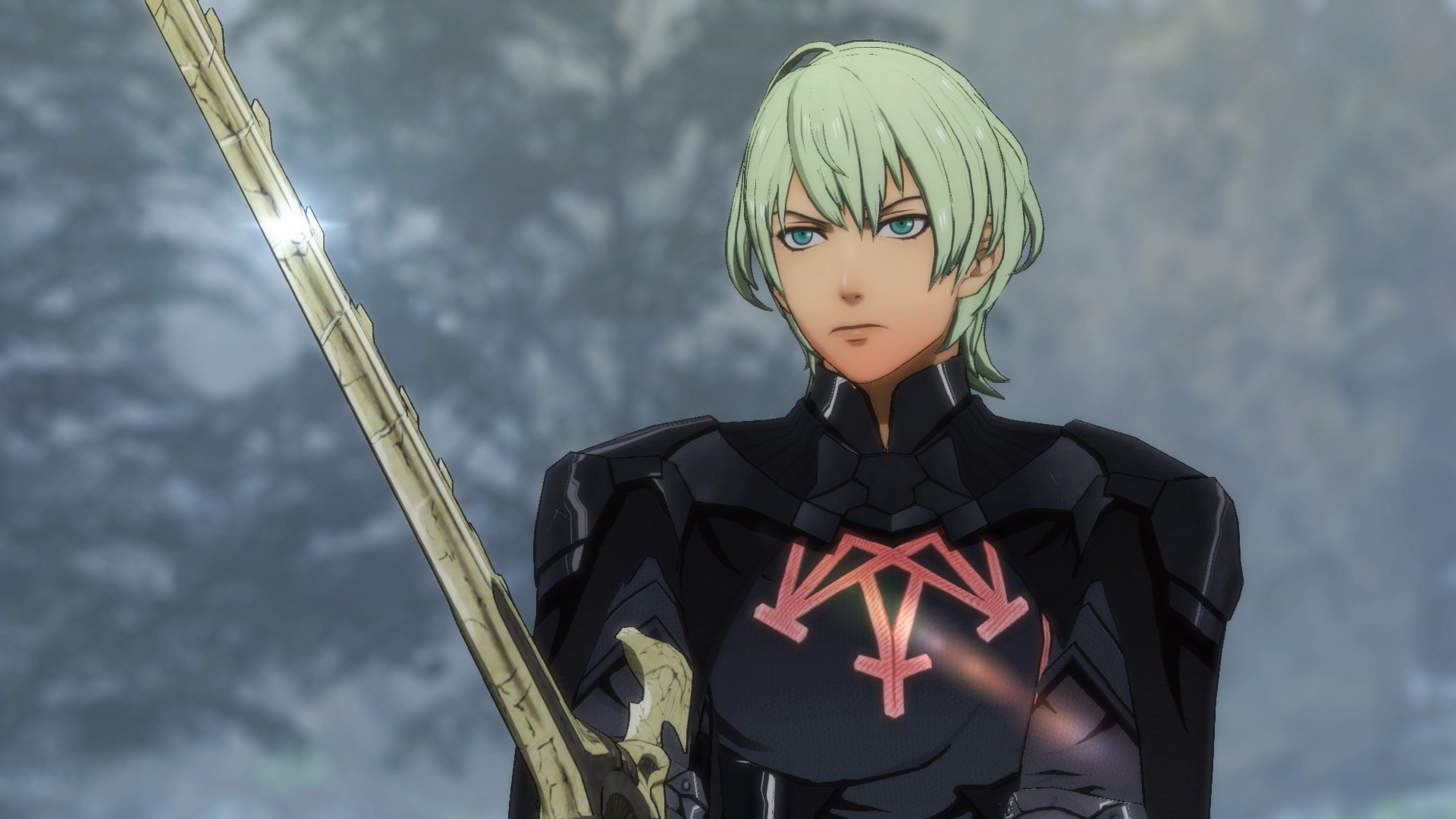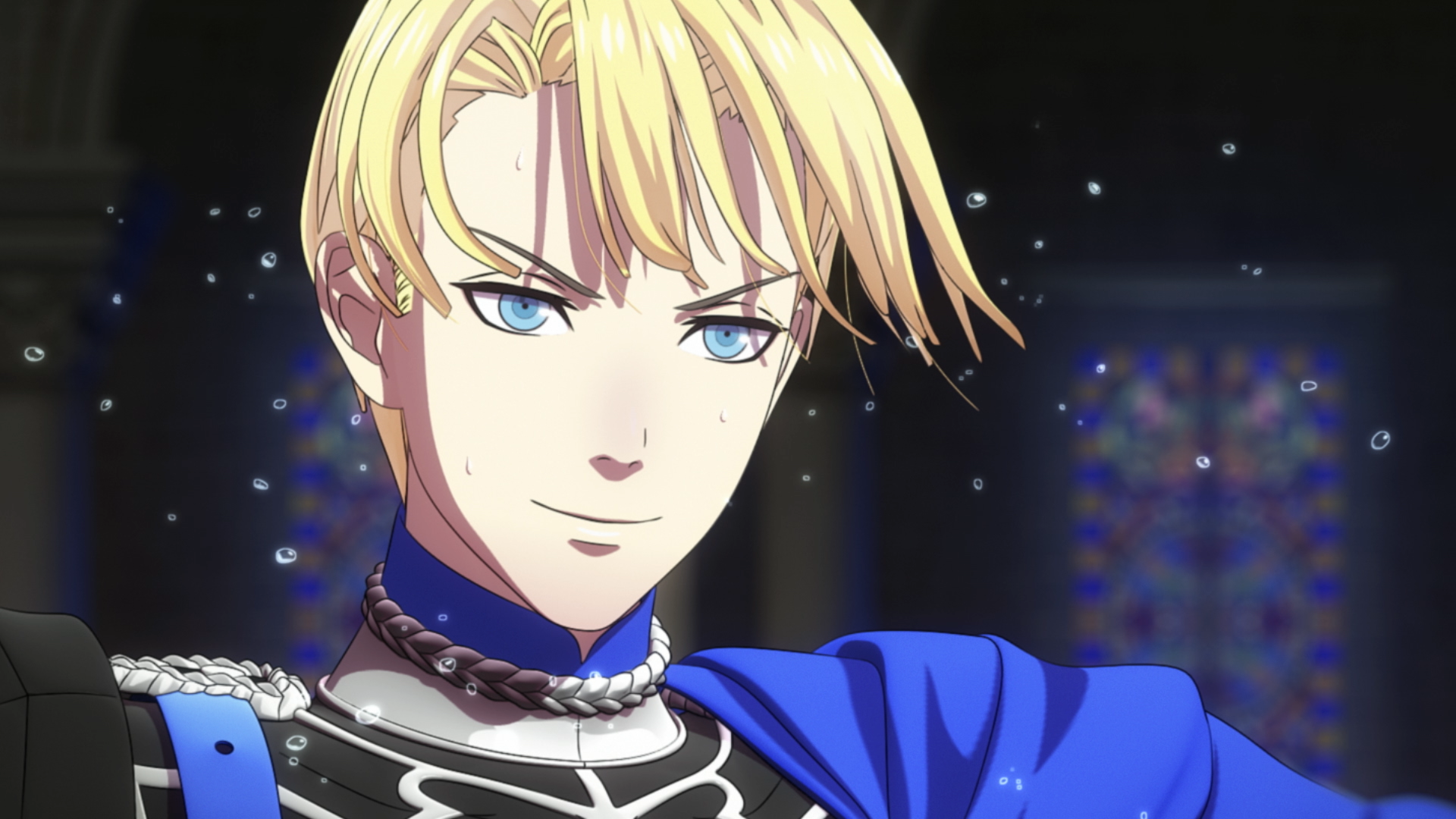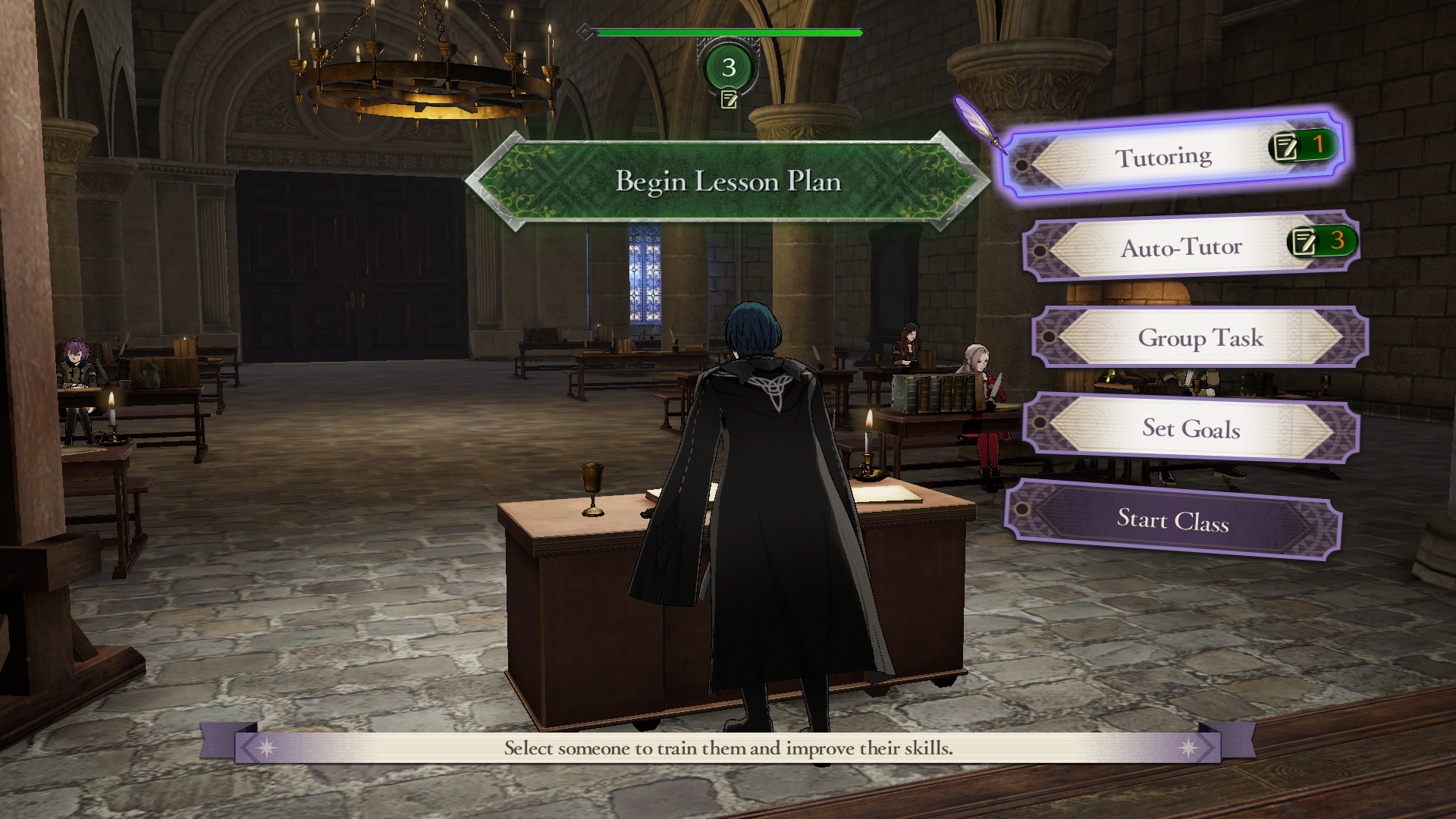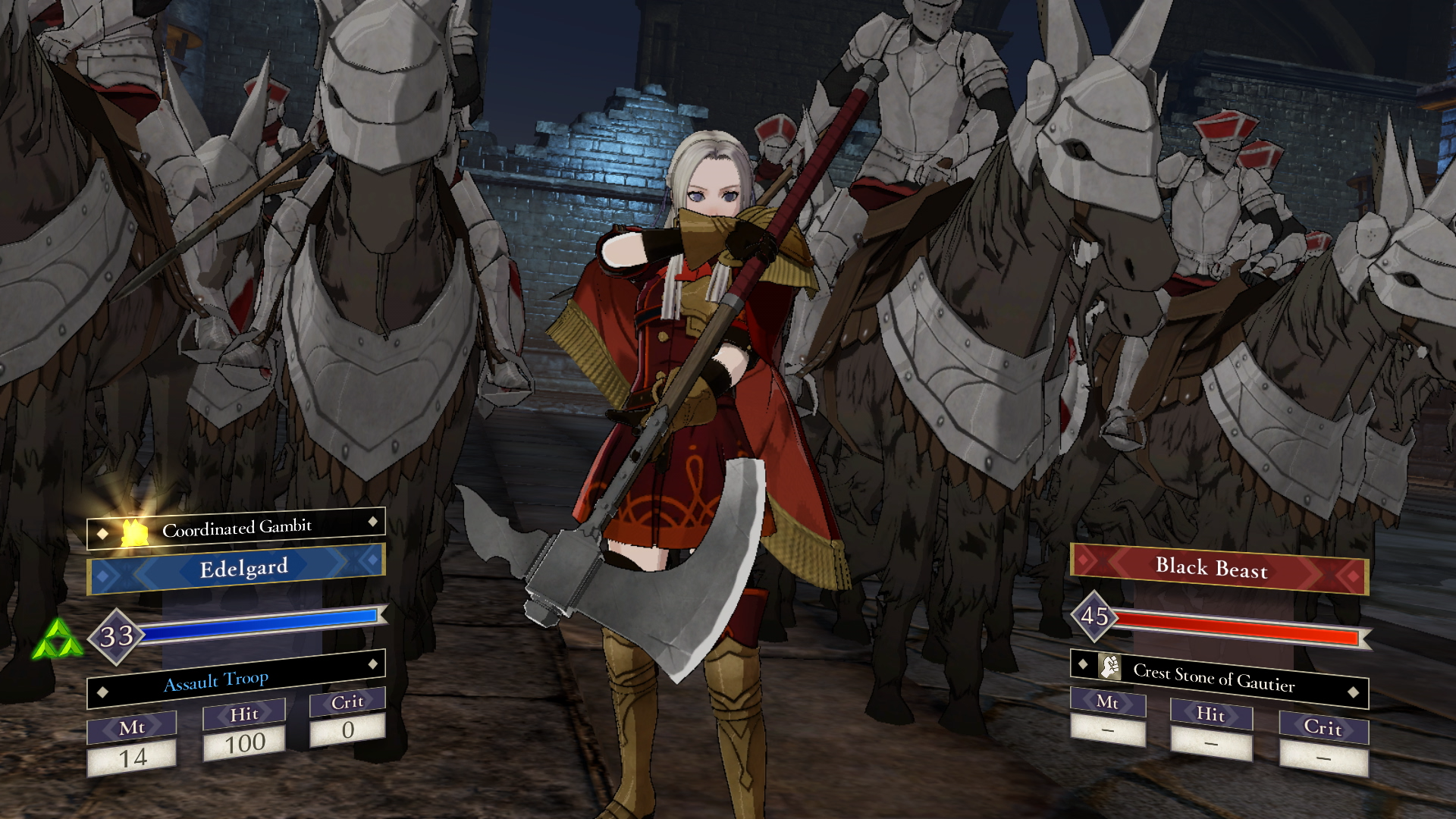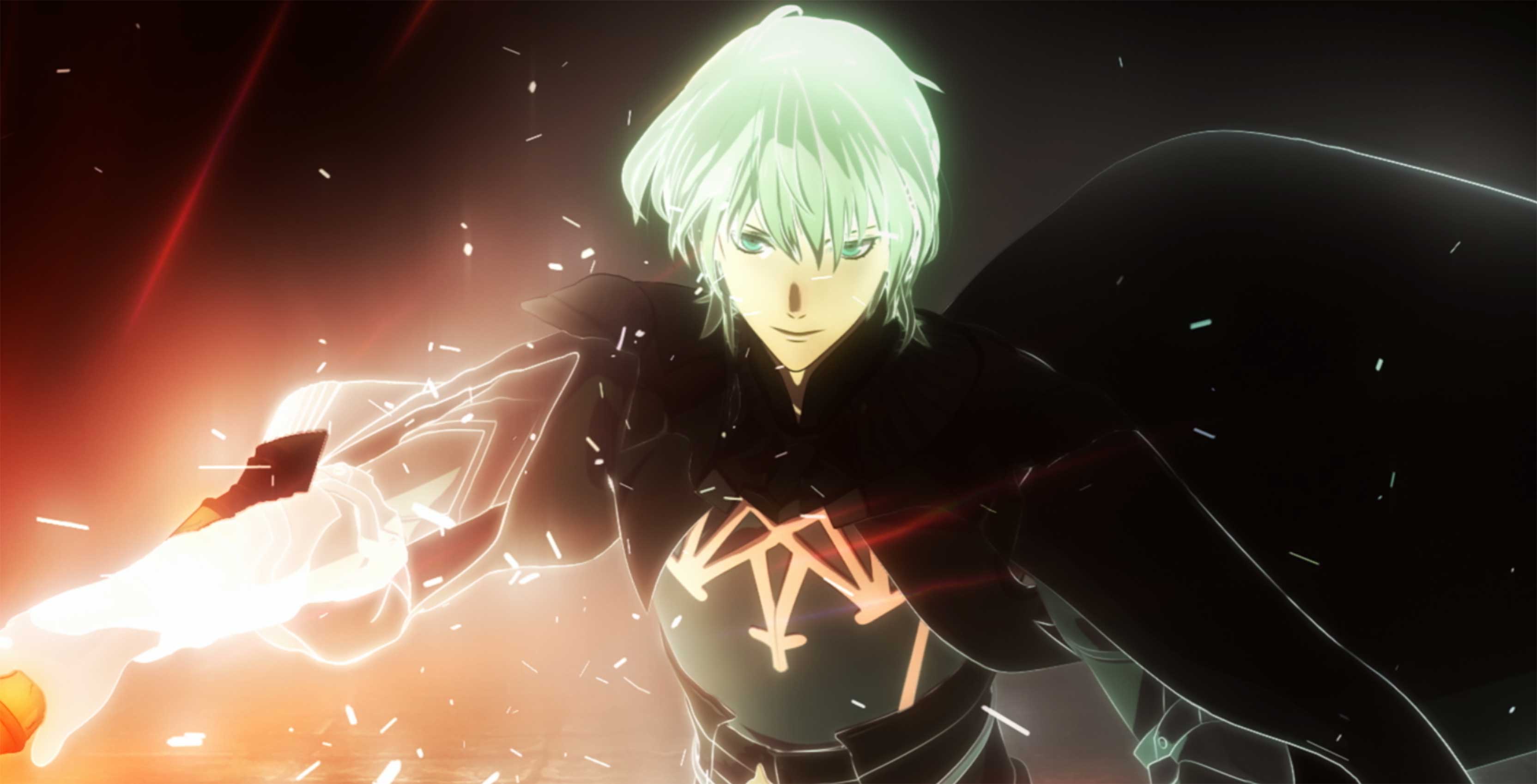
Many of the games that have impacted me the most are the ones where story and gameplay are cleverly interwoven to enhance the overall experience.
In Hellblade: Senua’s Sacrifice, developer Ninja Theory helped illustrate the eponymous heroine’s fragile mental state through psychological combat and environmental puzzles. More recently, Sony Santa Monica’s God of War ensured that every quest, no matter how trivial, fed into the larger story of a grizzled father teaching his naïve son how to survive in a harsh world.
In Fire Emblem: Three Houses, the latest entry in Nintendo’s long-running Fire Emblem tactical RPG series, I’ve found another one of these riveting types of games. By blending deep character progression with outstanding strategic gameplay, developer Intelligent Systems (with assistance from Koei Tecmo Games) has crafted a fantastic, emotionally-charged experience that I won’t soon forget.
Our house, in the middle of Fódlan
In Three Houses, you play as a mercenary named Byleth that has been appointed as a professor at the Garreg Mach Monastery. Because it’s located at the centre of the continent of Fódlan, the Monastery serves as a common ground for three nations that were once at war but have now agreed to keep the peace.
Beyond that, the Monastery is home to the Church of Seiros, Fódlan’s dominant religious organization, and the Officer’s Academy, an elite training facility for youth from all three nations. To start, you must select a gender for Byleth and house (I went with female and the Black Eagles). From there, you’ll teach students with radically different backgrounds and nobilities, all while facing a mysterious group that threatens all of Fódlan.
To accomplish this, you’ll need to balance classroom duties, Monastery errands, meetings with students and more using an in-game calendar system. You’ll typically be tied up with teaching from Monday to Saturday, leaving you with Sundays to explore the Monastery at will. Meanwhile, one day of the month will be set aside for a story mission that contains a mandatory battle.
First and foremost, know that your classroom activities will inform your free time and battle prowess, and vice-versa. While in class, you’ll have the opportunity to give one-on-one coaching to your students to enhance their skills. Unlike in previous Fire Emblem games, any character can become any class, which provides you with far more flexibility when assembling your party. In other words, if I want an archer who can balance their bow with melee weapons, I can choose to focus their progression on the Bow and Sword, among other combinations.
But that’s only part of the experience. Of course, students and teachers both have lives outside of class, and therein lies Three Houses’ most appealing qualities.
It’s a beautiful day in the Monastery
During your day off, you can choose to partake in optional battles, although you’ll want to check in often with students. This can be done in several different ways, including conversations, sharing tea or meals and giving them gifts. Any of these actions will raise their motivation level and maximize the amount of skill experience they can learn while in class.
At the same time, you’ll further your Support Rank with them, which unlocks short cutscenes that reveal their backstories and provide stat boosts when placed beside Byleth on the battlefield.
These Support conversations are exceptionally well-written and acted and wonderfully flesh out both characters and the game’s broader lore. Overall, there’s a compelling Game of Thrones-like backdrop to Three Houses, where Fódlan’s various dynasties harbour deep-seated resentment toward one another and are secretly vying for more power. Concurrently, Fódlan’s outdated class structure favours nobility, which causes inner conflict within many of these groups.
Each of your students is affected by this elitist status quo in radically different ways and I consistently found myself engrossed by their stories. Some of my favourites include the lonely commoner Dorothea who is struggling to make an impression on snooty nobles or the timid Bernadetta whose power-hungry father left her with long-lasting attachment issues.
In addition to spending time with your students, you’ll want to use some of your day off for self-growth. Byleth can receive teaching from other Monastery faculty members to raise their own skills and gain Support with that particular instructor. With a high enough proficiency in certain skills, you’ll even be able to have students from the other two houses join your own. Altogether, these systems overlap to create an ever-engaging and consistently rewarding gameplay loop.
However, there are few weak aspects of the Monastery. To start, practically every side mission in the school boils down to a generic fetch quest, which is especially disappointing when the central student activities are so brilliant.
Further, while Three Houses‘ calendar-focused structure certainly gives you freedom in moment-to-moment gameplay, it also hurts the game’s plotting. While I didn’t quite reach the 80-hour completion time that was mentioned by the game’s director, it still took me around 55 hours to beat the campaign and almost all side content.
With such a lengthy runtime, the game’s pacing suffers, especially since story beats are often relegated to those aforementioned once-a-month required missions.
Won’t somebody please think of the children?
Thankfully, these scenarios are always a delight. In Three Houses, Intelligent Systems has largely taken an “if it ain’t broke, don’t fix it” approach, since Fire Emblem‘s strategy-based combat is so tried-and-true at this point. Instead, the developer’s made a few tweaks and added some new features that build on an already sensational foundation.
The biggest change here is the removal of Fire Emblem’s signature weapon triangle that dictated which weapons were effective against one another. In doing away with this rock-paper-scissors system, Intelligent Systems has instead placed a welcome emphasis on character stats and abilities. This way, your victories feel more rewarding because they boil down to how well you’ve grown your characters at the Monastery.
In terms of new combat options, Three Houses offers up Battalions, which are infantry that can be equipped to give characters an extra ability that they may have otherwise not been able to use in their particular class. For example, I had Black Eagle house leader Edelgard become a tank to prioritize heavy damage and resistance over mobility and ranged attacks. To make up for these shortcomings, I can assign her a Battalion that either hits distant enemies or ensnares them until she can close in.
This extra power is especially useful when facing off against monsters. While beast units have appeared in previous Fire Emblem games, Three Houses makes them significantly more formidable thanks to multiple health bars, increased damage capabilities and various buffs. Altogether, monster encounters are tense and challenge you to divide your forces between them and regular enemies carefully.
Even without monsters, I still found myself much more protective of my characters than I’ve been in other games. While permanent death (permadeath) is a staple of many strategy games, Fire Emblem included, it’s in Three Houses that it’s at its most effective. The threat of losing characters feels far more real when you’ve painstakingly built them up and grown close to them over many hours.
That said, Three Houses isn’t wholly unforgiving. The new Divine Pulse mechanic gives you a limited number of “rewinds” to jump back to an earlier point in the battle should one of your students falls. Of course, you can turn off Permadeath when starting a new game, but I recommend keeping it on for the purest tactical experience.
Either way, battles become more heated in the second half of the game thanks to the introduction of the ‘War Phase.’ Here, decisions you made in the ‘School Phase’ — chiefly, who you recruited and allied with — will dictate the events of Three Houses’ latter half, which is set five years later. This gives the War Phase a thrilling unpredictability since you never know when and where a character may pop up or how the past five years has changed them.
For instance, students from rival houses that you didn’t recruit may end up facing you in the War Phase. Even if they weren’t part of your house, you likely interacted and even bonded with them to a degree, which makes having to take them down all the more difficult. Likewise, the war might cause actual allies to shift allegiances and betray you, which is all the more heart-wrenching if you’ve invested time and resources into building up their characters and Support Ranks.
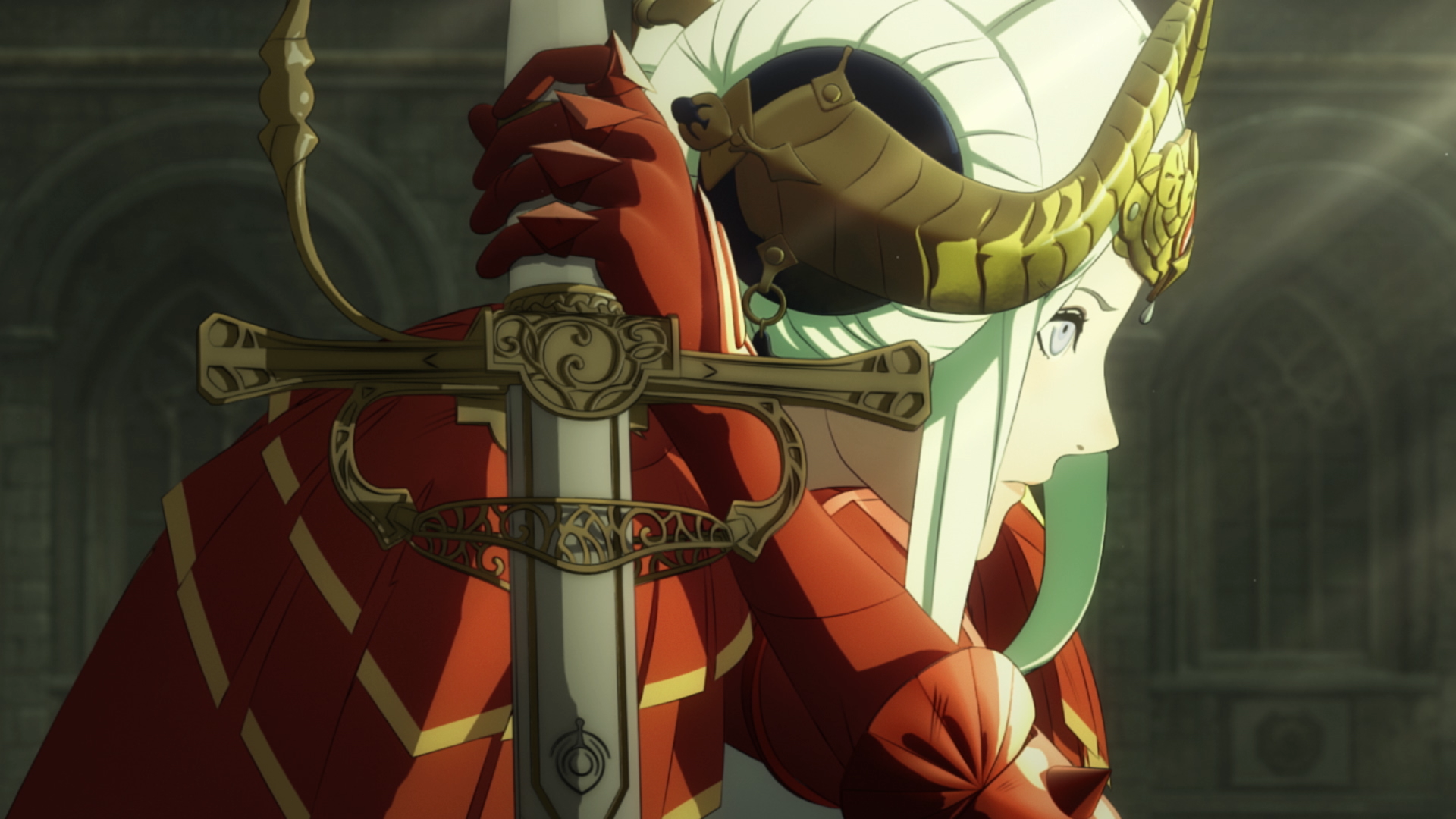
While the ending I got felt somewhat rushed in its attempt to tie up all loose ends, the emotional through-line of Byleth and her students ultimately paid off in a touching, satisfying way. I’m now eager to try out the other houses and see how those storylines play out.
An unforgettable journey
Pacing issues and some rote side content aside, Fire Emblem: Three Houses is a stunning achievement thanks to its mix of stirring character customization and development and top-notch strategy gameplay. By and large, Three Houses‘ intertwining mechanics provided me with a more emotional connection to its cast of characters than I’ve had with most other games.
While it’s sad to say goodbye, I can safely say that Three Houses is one of the best games on the Nintendo Switch and my absolute favourite game of 2019 so far.
Fire Emblem: Three Houses will launch exclusively on the Switch on July 26th. Those who buy the game will be able to unlock special content in the Fire Emblem Heroes mobile game.
MobileSyrup may earn a commission from purchases made via our links, which helps fund the journalism we provide free on our website. These links do not influence our editorial content. Support us here.

